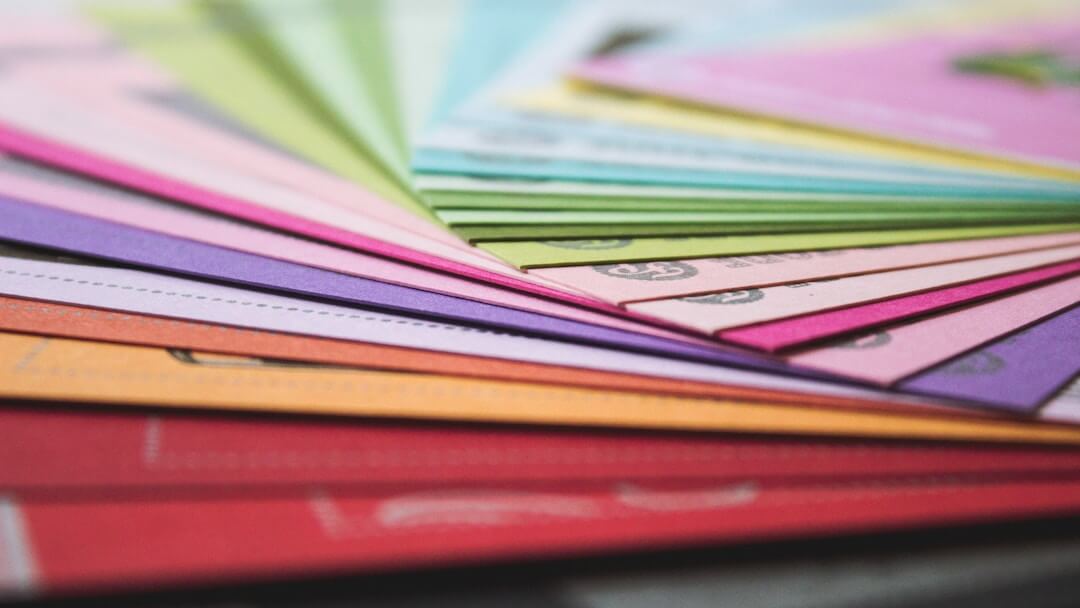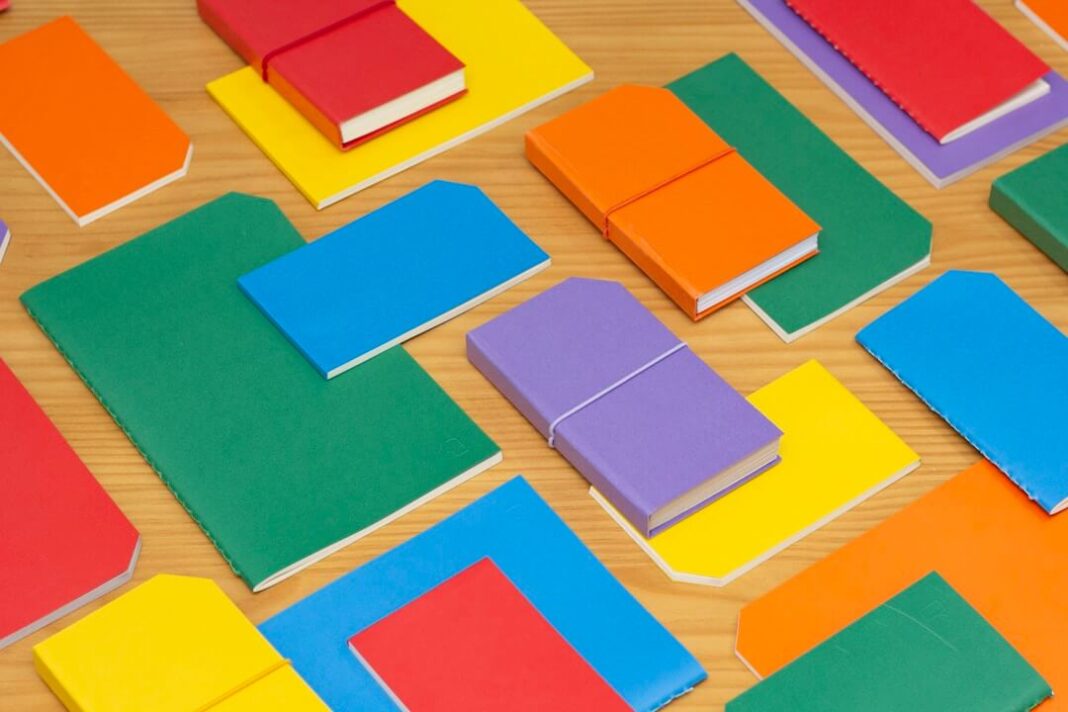Professionalism can be found in the smallest details of business materials, including custom folders. These essential office items not only organize documents effectively but also serve as a branding tool that communicates a company’s identity.
The design process, though sometimes overlooked, is crucial in creating a look that aligns with corporate professionalism and brand messaging. Keep reading to discover insights on crafting a custom folder that carries both aesthetic appeal and functional design.
Understanding the Basics of Custom Folder Design for Professional Presentation
Creating a custom folder starts with understanding the fundamentals of design. Color schemes should be in tune with the brand’s palette to evoke familiarity and professionalism. The arrangement of graphic elements—such as lines, shapes, and patterns—must be harmonious, guiding the viewer’s eye throughout the piece without causing discord or confusion.
Typography choices are equally pivotal in custom folder design. It’s not just about the font selection; font size, spacing, and hierarchy all contribute to readability and the folder’s overall impact. The text should be legible and well-organized, reinforcing the document’s purpose with clear, concise information.
The design layout must be well thought out, with ample space for the essential elements without overcrowding. Adequate white space is critical to avoid a cluttered appearance, ensuring the design breathes and retains a sharp, clean look. A well-structured layout speaks volumes about a company’s attention to detail and dedication to quality.
Selecting the Right Materials and Finish for Durability and Aesthetics
The tactility of a custom folder can dramatically influence the perception of quality. Selection of the right materials—whether card stock, plastic, or luxurious textured paper—can elevate the folder’s status from mere storage to a sophisticated branding vehicle. The material’s durability ensures the folder withstands frequent handling while preserving the integrity of the documents inside.
Choosing an appropriate finish adds a protective layer and enhances the folder’s visual appeal. Glossy, matte, or satin finishes not only protect the ink from smearing and the material from tearing but also play a significant role in the tactile experience. A velvet-like finish might suggest luxury, while a glossy finish might enhance vibrant colors.
Architectural and environmental considerations can guide material and finish selection. For instance, if a company prioritizes sustainability, options like recycled paper or biodegradable plastics become more attractive. Not only do these choices reflect a commitment to the environment, but they also resonate with like-minded clients and partners.
Incorporating Brand Identity and Logo Placement for Corporate Folders

A corporate folder must encapsulate the company’s brand identity to be an effective marketing tool. The logo, arguably the most critical element, requires strategic placement where it’s visible yet not overwhelming. It should integrate seamlessly with other design components to create a cohesive look.
The color reproduction of the logo needs to be precise, maintaining brand consistency across all platforms. Inaccuracies in color can dilute brand recognition and may convey a lack of professionalism. Advanced color-matching technologies can assure fidelity to the original hues defined in brand guidelines.
The visual execution of the brand’s messaging through the folder design is a delicate balancing act as well. It should reflect the company’s ethos, whether that ethos is innovation, trustworthiness, or excellence. Imagery, support graphics, and taglines should align with these qualities, delivering an impactful and unified message.
Overall, the journey of creating a custom folder that both captivates and serves its purpose is intricate and nuanced. It requires a careful blend of design expertise, material knowledge, brand understanding, and printing prowess. When executed with precision, custom folders become powerful tools in professional presentation, contributing significantly to a brand’s image and reach.
